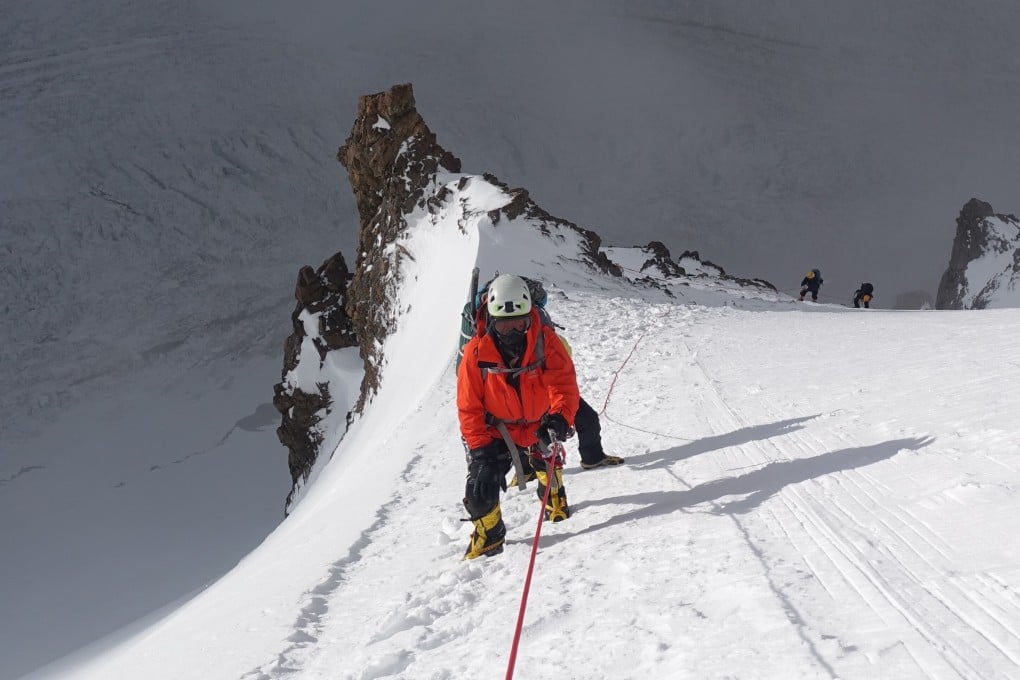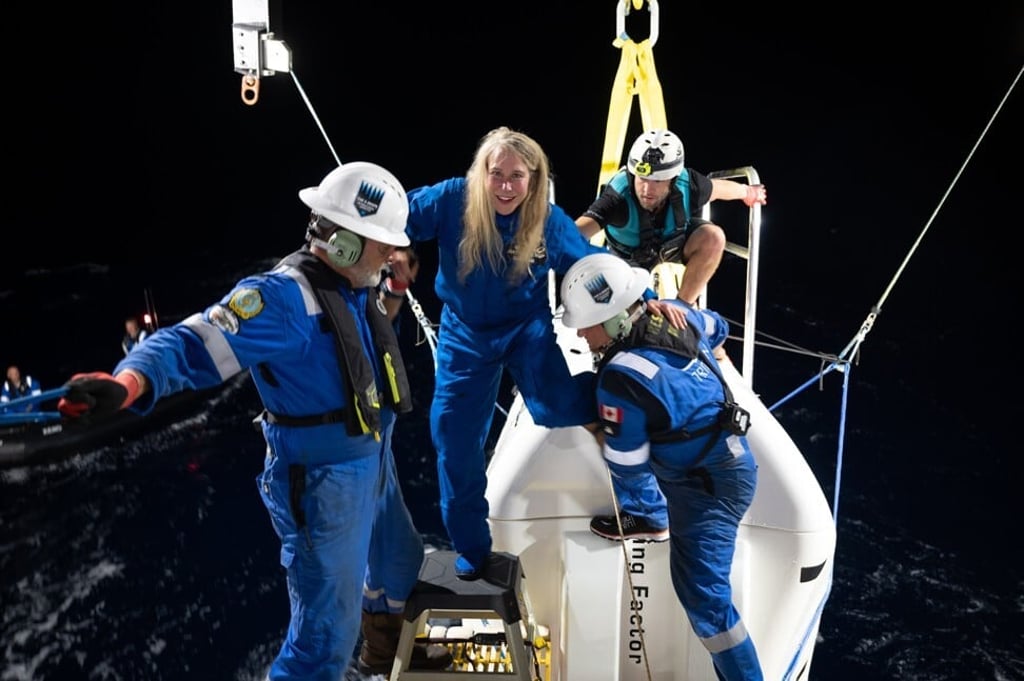Meditation, focus and no ego: Everest climber and serial adventurer Vanessa O’Brien on what it takes to reach the summits
- Vanessa O’Brien has climbed the highest peaks on the seven continents and the ‘Savage Mountain’ K2, skied to both poles and reached the deepest point on Earth
- Years of training that began in Hong Kong when she was in her mid-40s, meditation, and ridding herself of ego lie behind her record-breaking achievements

Fatigued, her adrenaline spent, her body trembling and her mind numb, Vanessa O’Brien tried hard to savour the moment. After a gruelling expedition of more than 50 days and a severe test of her mountaineering skills, physical stamina and mental strength, O’Brien had realised her dream.
She stood on top of the world, 8,849 metres (29,032 feet) above sea level on the summit of Mount Everest – a place she remembers as being a little bit wider and longer than a king-size mattress.
For most people, such an arduous experience would be enough to last a lifetime. Not for O’Brien, who was just getting started.

She is the first American woman to summit K2 (the second-highest mountain in the world, at 8,611 metres, on the China-Pakistan border), and set another Guinness World Record by becoming the first woman to reach Earth’s highest and lowest points – she reached Challenger’s Deep, 10,925 metres below the Western Pacific Ocean at the bottom of the Mariana Trench, in a submersible on June 12, 2020.
O’Brien, 56, has chronicled her adventures in a book, To The Greatest Heights – Facing Danger, Finding Humility and Climbing a Mountain of Truth (published March, 2021, Simon & Schuster).